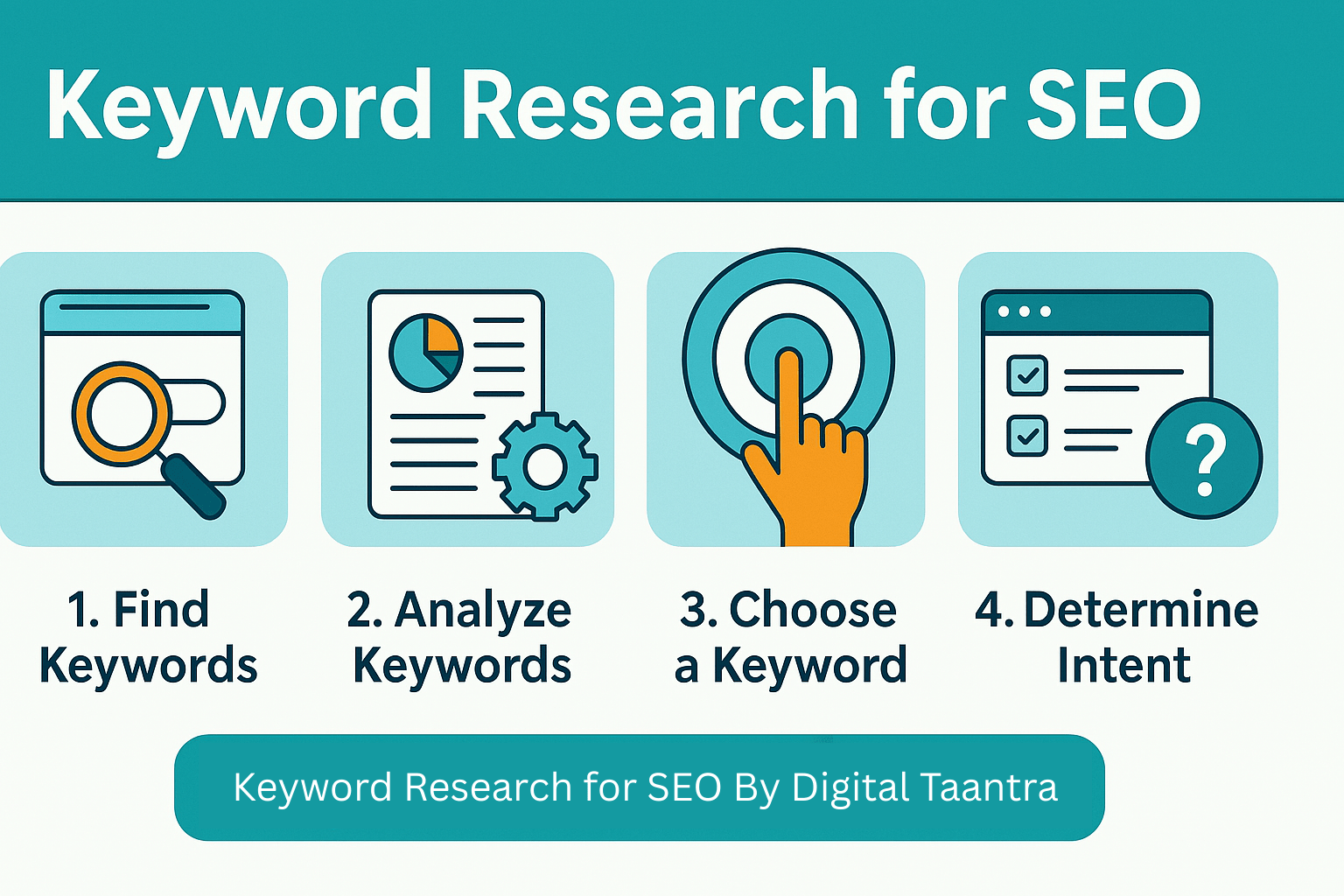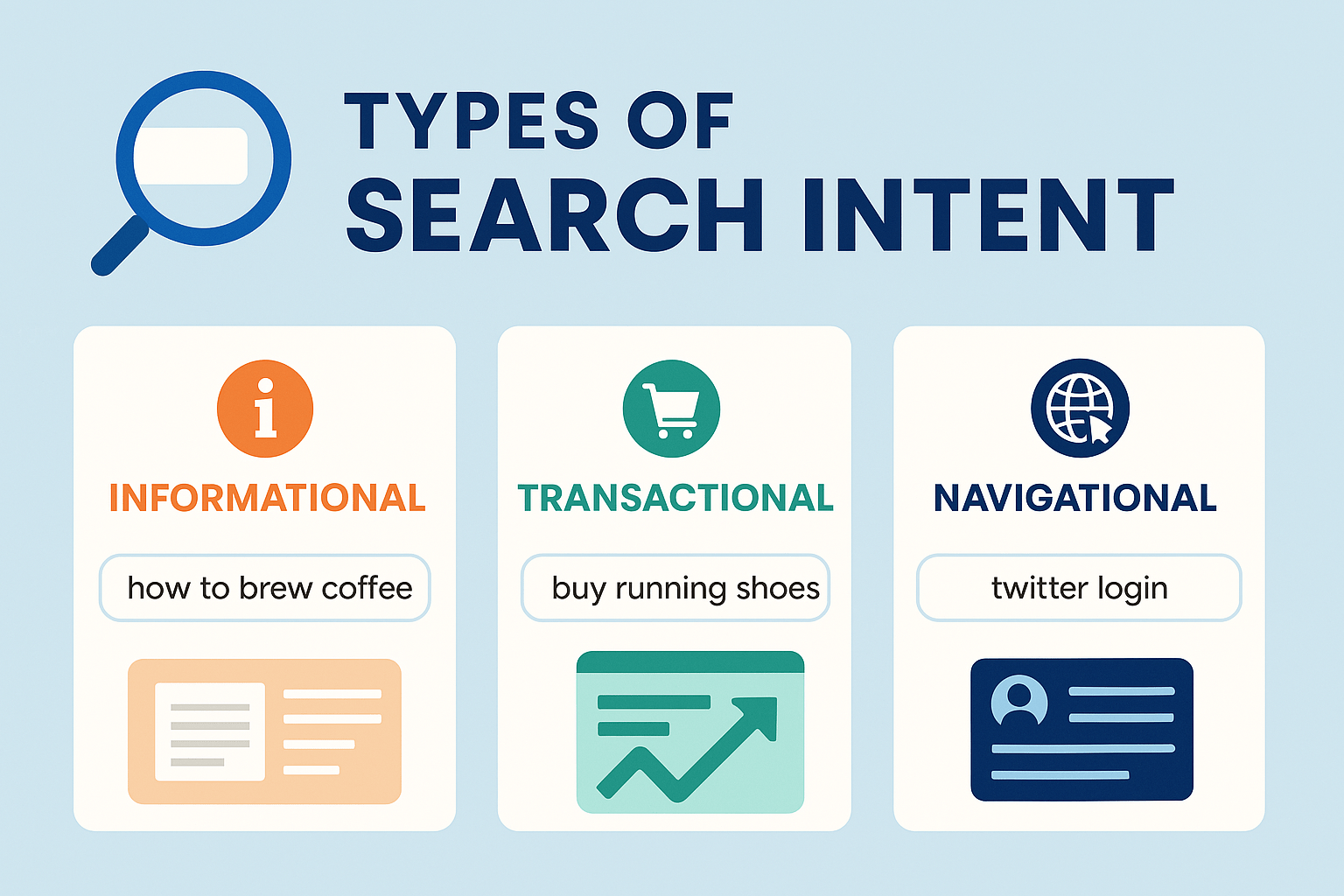Want to rank on Google? It starts with knowing what people are actually searching. Keyword research for SEO helps you discover real queries your audience types into Google—so you can create content that ranks and converts.

Why Keyword Research Matters
Without keyword research for SEO, you’re guessing. With it, you’re building content around proven demand. You’ll understand what your audience wants—and give it to them in a way that search engines love.
- Boosts your chances to rank on page 1
- Improves click-through rate (CTR)
- Helps you understand search intent
- Makes your content strategic, not random
← Missed Chapter 2? Learn how Google works before you write
Step 1: Use the Right Keyword Tools
- Ubersuggest – Simple, free keyword discovery
- KeywordTool.io – Long-tail keyword suggestions
- Ahrefs – Advanced SERP and keyword analysis
- Google Keyword Planner – Reliable data from Google itself
Pro Tip: Look at search volume AND competition. Low-hanging keywords = faster results.
Step 2: Understand Search Intent
Not all keywords are equal. You need to match your content to the intent behind a search.
- Informational – “How to start a blog” → Use for blog content
- Transactional – “Buy running shoes online” → Use for product pages
- Navigational – “Nike official site” → Use for brand awareness

Example: “best budget phone under 15k” is a transactional long-tail keyword with high buyer intent.
Step 3: Find Long-Tail & Easy Win Keywords
Don’t fight for “SEO” or “marketing” – go after long-tail keywords with specific intent.
- “best seo tools for small business”
- “how to improve technical SEO in WordPress”
- “email marketing tips for beginners”
Tool: Use AnswerThePublic to uncover real questions people ask around your topic.
Step 4: Map Keywords to Content
Group keywords by intent and assign them to blog posts, service pages, or landing pages. Avoid keyword cannibalization (two pages targeting the same phrase).
Template: Download our Keyword Mapping Sheet (Excel)
Conclusion: Know Before You Create
Keyword research for SEO is where great content begins. It’s your map. Do it right, and you’ll create pages that attract traffic, leads, and rankings on autopilot.
Next Read : On-Page SEO – Optimize Every Element →
Previous : How Search Engines Work →